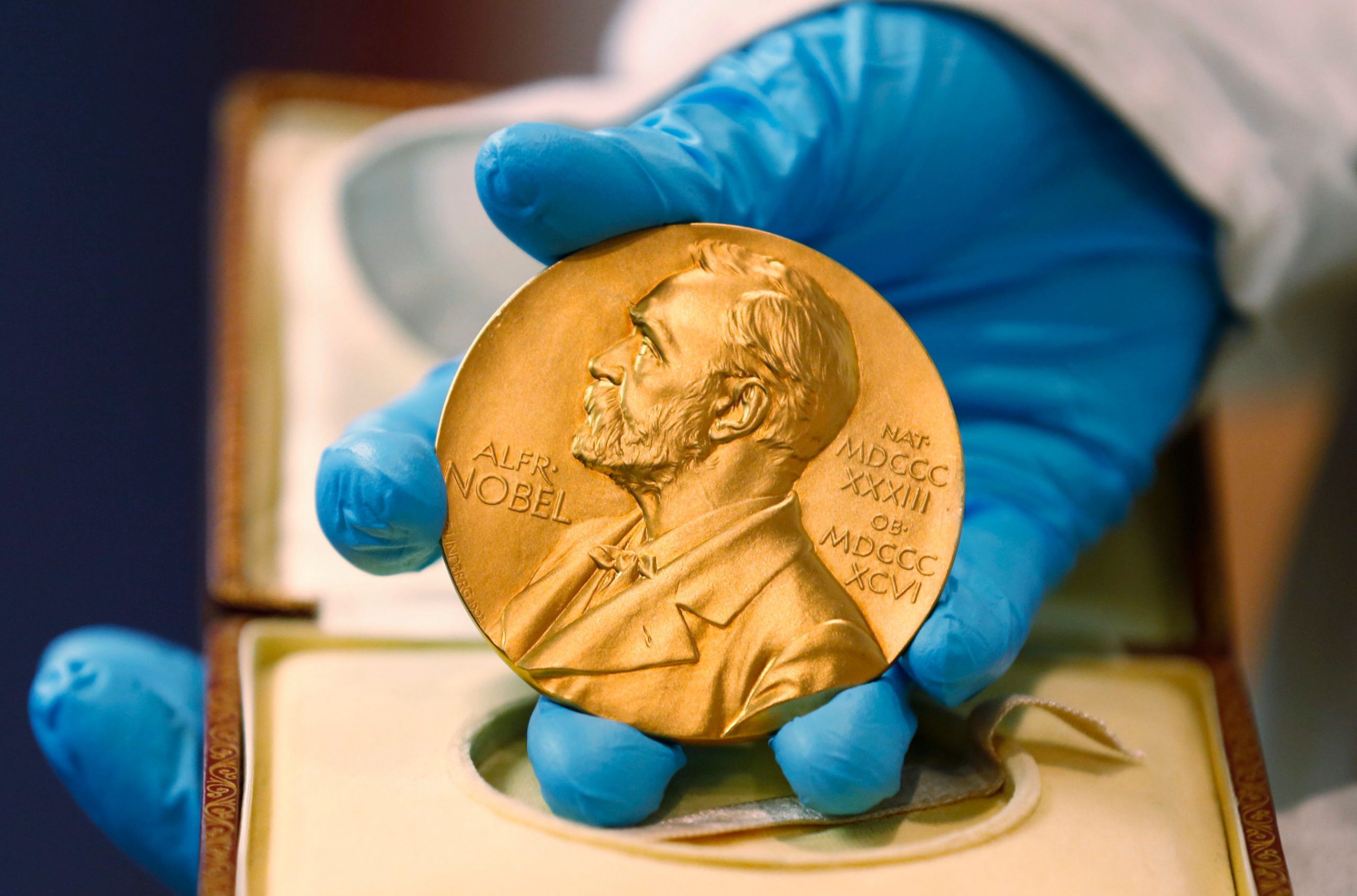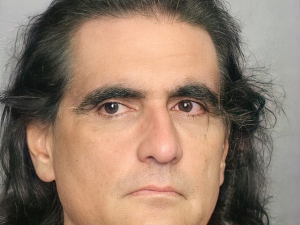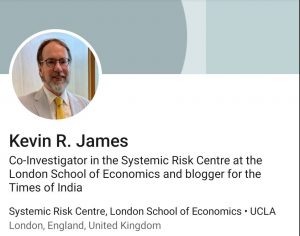The beginning of October marks the start of the Nobel Prize season. Six days, six prizes, and new faces from around the world joining the world’s most illustrious group of scientists, writers, economists, and human rights leaders.
Alfred Nobel, a wealthy Swedish entrepreneur and the creator of dynamite, founded the prizes in medicine, physics, chemistry, literature, and peace through his will. Five years after Nobel’s passing, the first prizes were given out in 1901.
Each prize is worth nearly $900,000 and will be presented with a diploma and gold medal on December 10, the anniversary of Nobel’s death in 1896.
Also Read| Nobel Prize 2022: 3 lesser-known facts about the award
History of the gold medal
Gustav Vigeland, one of Norway‘s best sculptors, worked with the Swedish engraver Erik Lindberg to create the Peace Prize Medal. Vigeland only ever produced this one medal. It was completed in time for the 1902 prize. The medal was originally made of 23 carat gold and weighed 192 grammes; starting in 1980, it was made of 18 carat gold and weighed 196 grammes. Its circumference has always been 6.6 cm.
Erik Lindberg, a Swedish sculptor and engraver, created the first “true” Nobel Prize medals in 1902 for Physics, Chemistry, Physiology or Medicine, and Literature.
During the time he created the medals, Erik Lindberg resided in Paris, which, according to Irish poet William Butler Yeats, may be seen in the design’s French influence.
“All is over, and I am able to examine my medal, its charming, decorative, academic design, French in manner, a work of the nineties,” Yeats wrote in “The Bounty of Sweden” (The Cuala Press, Dublin, 1925) after receiving the Nobel Prize for Literature in 1923. It depicts a young man listening to a Muse who stands young and beautiful with a great lyre in her hand, and as I examine it, I think to myself, ‘I was good-looking once like that young man, but my unpractised verse was full of infirmity, my Muse old as it were; and now I am old and rheumatic, and nothing to look at, but my Muse is young.’
All Nobel Prize winners since 1901 have received medals made based on Erik Lindberg’s original designs, including Yeats. Gustav Vigeland, a Norwegian sculptor, was chosen to create the Norwegian Peace medal in 1901 since Erik Lindberg was tasked with creating the “Swedish” Nobel medals. Erik Lindberg, a medal engraver, created the dies for the Peace medal based on Gustav Vigeland’s drawings because the latter was a sculptor rather than a medal engraver. Even today, people still use their designs. Gunvor Svensson-Lundqvist created the medal for the Memorial Prize in Economic Sciences, which was founded in 1968 to commemorate the Sveriges Riksbank’s 300th anniversary.
The name of the laureate is fully visible on a plate on the back of every “Swedish” Nobel medal, whereas the names of the winners of the Peace and Economics Prizes are etched on the medal’s edge.
Also Read| How do you win a Nobel Prize?
The tales
The Nobel Prize medals have been a part of numerous noteworthy tales since 1901. To keep them safe from the Nazis, Denmark had to disintegrate three Nobel awards. It took them four years to realise their error after two Nobel awards were given to the wrong laureates. One Nobel prize in Fargo, North Dakota, caused consternation at airport security when it appeared completely black in the X-ray machine.
Two German Nobel Prize winners—one a Jew and the other a supporter of Jews—sent their gold medals to eminent scientist Niels Bohr in Copenhagen for safekeeping years earlier so they wouldn’t be seized.
It was against the law to send gold out of Hitler’s Germany. The German physicists Max von Laue and James Frank may have been put to death if the invading Nazis discovered the gold Nobel Prize medals bearing their names.
George de Hevesy, one of Bohr’s team members, thereby made the decision to dissolve the gold. Gold is essentially inert, much like all precious metals. However, aqua regia, a 3-to-1 mixture of nitric acid and hydrochloric acid, will overcome even gold.
Together, the two acids act as a super-destructive tag team. Prior to the nitric acid entering, a few gold atoms on the surface had their electrons stolen, turning them into charged gold ions. The hydrochloric acid will then take over. The charged gold ions react with chloride ions—the Cl in HCl—and dissolve as a result.
When all the gold ions have been removed in this manner, nitric acid returns and creates additional ions. You may dissolve gold extremely slowly if you keep doing it.
Therefore, George de Hevesy began melting the two gold Nobel Prize medals that had been “illegally” carried out of Germany as the Nazi invaders marched through Copenhagen in April 1940.
These medals are not small; they are 66 millimetres in diameter, weigh around 200 grammes, and are made of 23 carat gold. It would also have been a race against time. However, the two medals finally vanished. De Hevesy left the beaker of orange-colored aqua regia with the gold medals dissolved inside on a shelf high up. A Jewish scientist was no longer secure in Nazi-controlled Copenhagen three years later, in 1943, so de Hevesy departed for Sweden.
Also Read| Nobel Prize 2022: Everything to know
The beaker of orange-colored liquid was unopened when he returned to the lab after the Nazis were routed.
He returned the metal back to the Swedish Academy in Stockholm, which had initially given out these medals, after using some elementary chemistry to recover the dissolved gold as a precipitate. In a ceremony in 1952, the gold was then remade and handed to its original owners, Max von Laue and James Franck.
Although the story’s protagonist, George de Hevesy, went on to get his own Nobel Prize, outwitting an army doesn’t require a genius.







